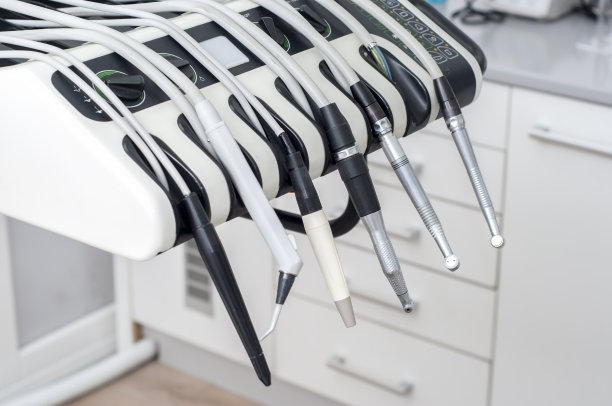Understanding the Dental Procedure and Recovery Process After Extracting a Tooth for Better Oral Health
Summary: Understanding the dental procedure and recovery process after tooth extraction is vital for maintaining better oral health. This article outlines the dental extraction process, the aftercare necessary for a successful recovery, potential complications during healing, and the importance of follow-up appointments. By comprehensively addressing these topics, individuals can better prepare for this common dental procedure and ensure a smooth transition into the recovery phase, ultimately leading to improved oral health and wellbeing.
1. The Dental Extraction Procedure Explained

The dental extraction procedure typically begins with a thorough examination of the tooth and surrounding tissues. The dentist will use X-rays to evaluate the position and condition of the tooth, ensuring that the extraction can be performed safely. Depending on the complexity of the extraction, local anesthesia will be administered to numb the area, allowing for a more comfortable experience for the patient.
Once the anesthesia takes effect, the dentist will commence the extraction. For simple extractions, where the tooth is visible above the gums, the dentist uses an instrument to gently rock the tooth back and forth until it loosens. However, for more complex cases involving impacted teeth, the procedure may involve incising the gum tissue and even removing bone around the tooth.
After the tooth is successfully extracted, the dentist will provide instructions on how to care for the extraction site. This includes biting down on a gauze pad to control bleeding and promote the formation of a blood clot, which is essential for proper healing.
2. Key Aspects of Post-Extraction Care
Post-extraction care plays a critical role in ensuring a smooth recovery. Initially, patients are advised to rest and avoid strenuous activities for at least 24 hours following the extraction. Elevating the head while resting can also help reduce swelling and bleeding.
It is crucial to manage pain and discomfort following the procedure. The dentist may prescribe pain medication or recommend over-the-counter analgesics, along with specific dosages. Additionally, applying an ice pack to the outside of the cheek for intervals of 15 minutes on and off can greatly alleviate swelling.
Patients should also be mindful of their diet during the recovery period. Soft foods and fluids are recommended for the first few days. Foods that are hot, spicy, or crunchy should be avoided, as they can irritate the extraction site and hinder the healing process.
3. Potential Complications and How to Avoid Them
While most extractions heal without complications, some patients may experience issues such as dry socket, infection, or prolonged bleeding. Dry socket occurs when the blood clot fails to form or is dislodged before the wound heals, exposing underlying bone and nerves, which can be very painful.
To minimize the risk of dry socket, patients should avoid sucking actions, like using straws, for several days following the extraction. Smoking and vigorous rinsing should also be avoided to promote a healthy healing environment.
Infection is another concern that can arise post-extraction. To reduce this risk, following the dentists aftercare instructions is vital, including maintaining proper oral hygiene and possibly taking prescribed antibiotics. If any signs of infection, such as fever, increased pain, or swelling, occur, patients should contact their dentist promptly.
4. Importance of Follow-Up Appointments
Follow-up appointments are essential in the recovery process after tooth extraction. These visits allow the dentist to monitor the healing process and ensure that the extraction site is recovering properly. During these appointments, any concerns the patient may have can be addressed, alleviating anxiety surrounding the recovery.
Additionally, follow-ups provide an opportunity for dentists to provide ongoing care. If necessary, they can apply medicated dressings to the extraction site to promote healing and prevent infection. The dentist may also discuss options for tooth replacement, such as dental implants or bridges, if appropriate.
Understanding the significance of these appointments contributes to overall oral health, ensuring any complications are managed effectively and reinforcing healthy oral hygiene practices moving forward.
Summary:
In conclusion, understanding the entire process surrounding tooth extraction, from procedure to recovery, is crucial for patients aiming to maintain their oral health. Thorough knowledge of dental care before, during, and after the extraction helps individuals navigate the recovery phase effectively, reducing potential complications.
Taking the steps outlined in this article will promote swift healing and ensure that patients return to optimal oral health quickly. Always consult your dentist for personalized advice. This article is compiled by Vickong Dental and the content is for reference only.



